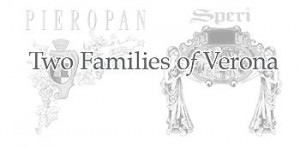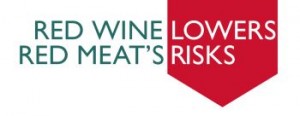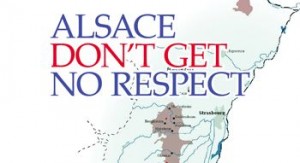GENETICS DETERMINE DRINKING
HOW MUCH ONE DRINKSis strongly influenced by whether the drinkingis reinforced bypleasurable sensationsor punished by torment.The outcome islargely decidedby inheritance. Key aspects of drinking are how the body – especially the brain – metabolizes, degrades, neutralizes alcohol, and whether the process rewards or punishes the drinker. Genetic variability plays a large... Read More
SAGRANTINO di MONTEFALCO
UMBRIA, called the “Green Heart of Italy”, has long been shaded vinously by Tuscany, its immediate neighbor to the northwest. The white wines of Orvieto were the first to attract outside notice, then Lungarotti’s array from Torgiano. Now, however, Umbria has conjured up a wine fit to stand with any... Read More
WINES of the FIRST WESTERNERS
A VERY OLD SAYING WARNS, “Beware of Greeks bearing gifts.” Perhaps prudent 32OO years ago in ancient Troy, the advice is now seriously out of date, especially pertaining to Giota and Andrea Englisis bearing wine. Their Athenee Importers Third Annual Road Show recently crossed the US, bearing dozens of tasting... Read More
Two Families of Verona
Despite the abundance of fine, characterful wines grown around Verona, only lately has there been fading of the stain left by dilute Soave and Valpolicella industrially produced from flat, moist vineyards during the wine boom of the 197Os. Not fair, but memories are long and unforgiving. Many of the most... Read More
TUSCAN CLASSIC – VINO NOBILE di MONTEPULCIANO
One of the handful of elite wines of central Italy, probably the oldest, Vino Nobile di Montepulciano, has to contend with a cumbersome name, some ambiguity about its informing grape, and a reputation that faded during the 198Os. But as a recent seminar and tasting with the Consorzio del Vino... Read More
Tempranillo as Tinta de Toro
SPANISH SHAPE-SHIFTER The grape we usually call tempranillo slyly changes its character and, especially, its name whenever it senses a new ethos. Probably native to northern Spain, where it is the dominant grape variety, it is Spain’s best grape. It is best known in the Rioja as tempranillo, and in... Read More
ALCOHOL’S HEALTH BENEFITS JUST CAN’T GET NO RESPECT
Although happy to collect the taxes, our federal government has been most uncomfortable admitting that alcohol can provide any benefit, particularly to health. Divisions of the government, like the National Institutes of Health, and organizations it helps support, such as the American Heart Association and the World Health Organization, try... Read More
RED WINE LOWERS RED MEAT’S RISKS
Current research appears to confirm, and in part explain, some of red wine’s cardiovascular benefits, especially vis-à-vis eating enjoyably. Work done in Jerusalem at Hebrew University’s Institute of Drug Research demonstrated that components of red wine, perhaps antioxidant polyphenols, vastly reduce the formation of a toxic cholesterol-altering compound following a... Read More
CAVA from CODORNÃU
A considerable proportion of the world’s high-quality, traditional Champagne-method bubblies are made in Spain, where, if they conform to geographical, viticultural and vinification regulations, they are called Cava, a term derived from “cave”. Cava is generally well priced, and encompasses a wide range of quality. The US imports close to... Read More
ALSACE DON’T GET NO RESPECT
The good wine folk of the region avoid the adjective Alsatian, preferring the awkward use of the noun, Alsace, as adjective, i.e., “Alsace wine” in fear of confusion with the British term for German shepherd. They should be reassured: their wines are not dogs. I like to imagine that Rodney... Read More










